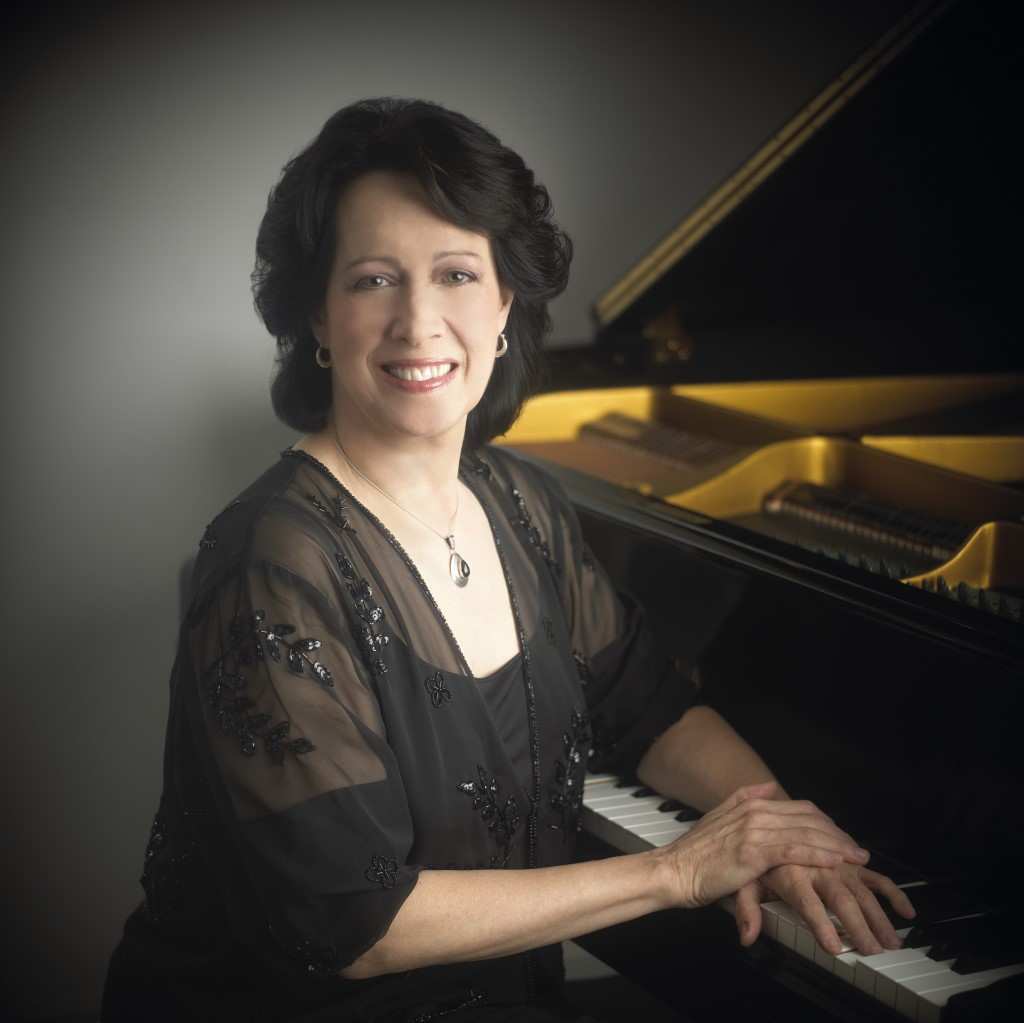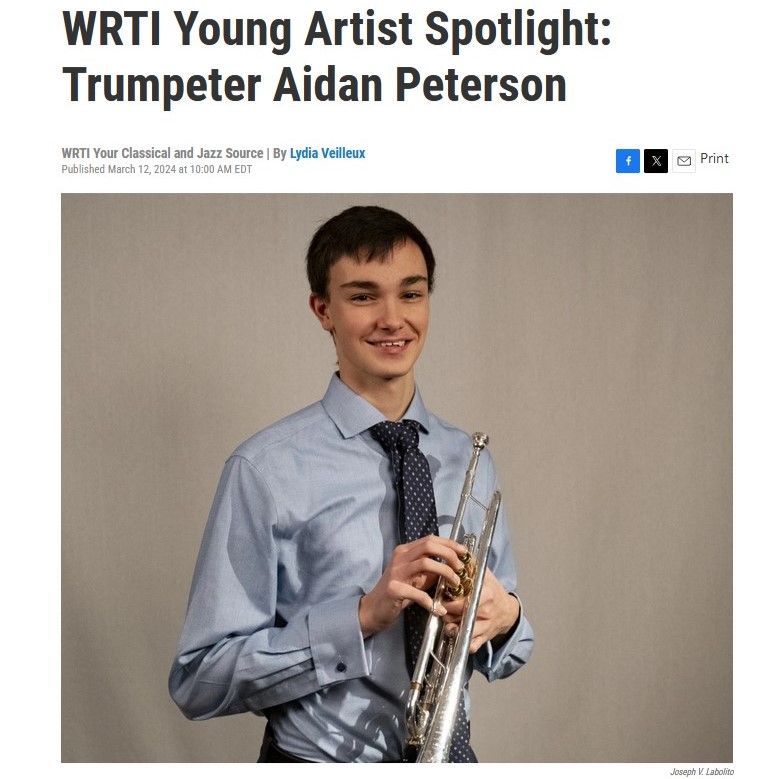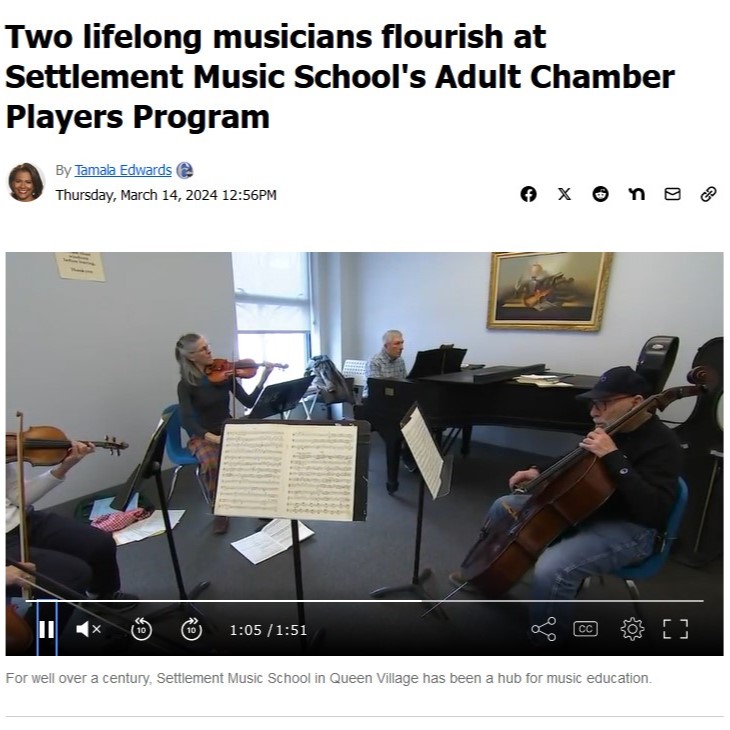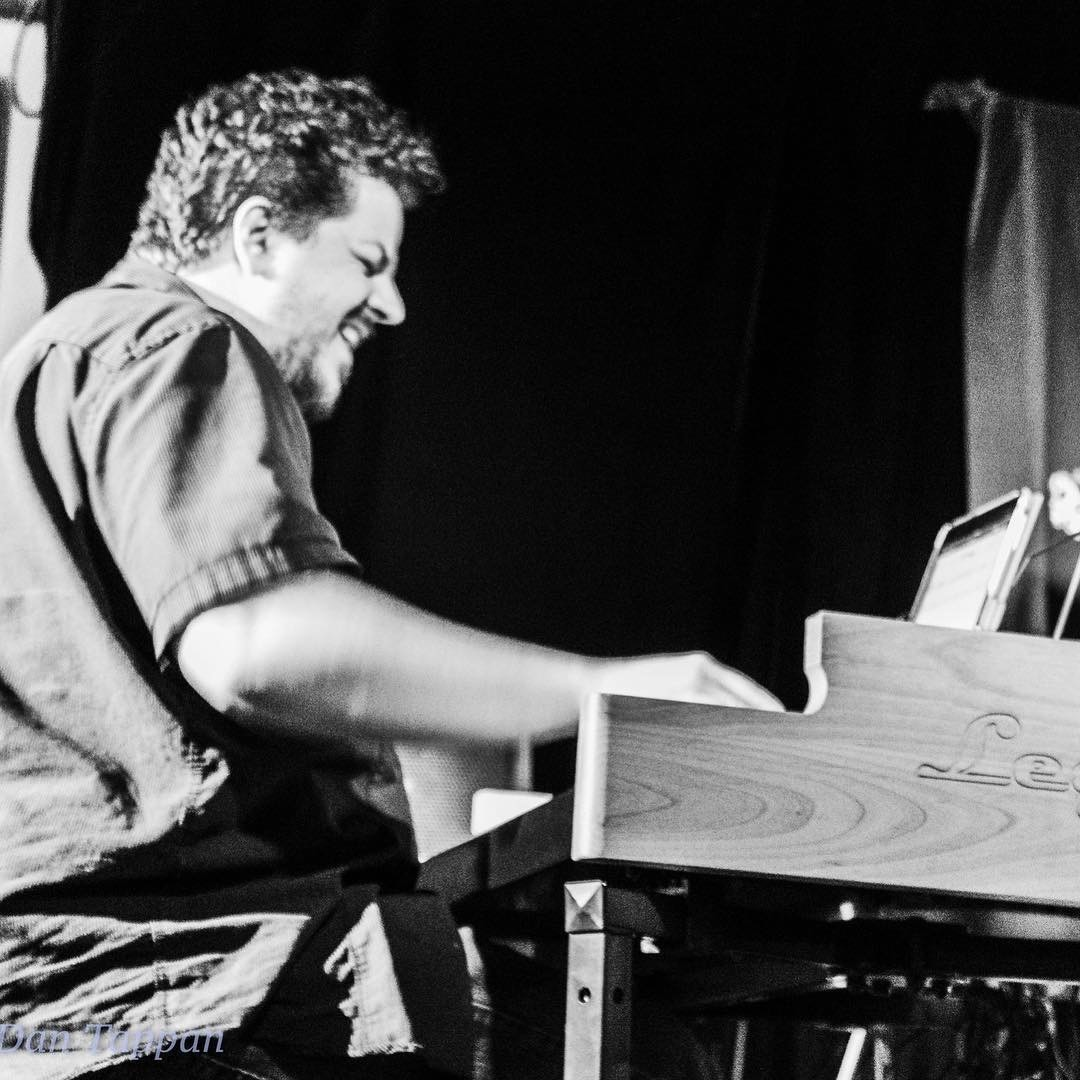Five Questions with Sandra Carlock

Sandra Carlock, Arthur Judson Distinguished Faculty Chair at Settlement Music School.
Pianist Sandra Carlock is internationally recognized as both a solo performer and for her work with French violinist Guillaume Combet in the Carlock-Combet duo. With an expertise in the piano music of Clara Schumann and Edward MacDowell, she has presented lecture recitals at The Juilliard School, Oxford University, and the North Carolina School of the Arts. Here at Settlement, Sandra holds the Arthur Judson Distinguished Faculty Chair and teaches piano and chamber music, including coaching ensembles in the Advanced Study Program. Recently, Sandra was named a Steinway & Sons 2018 Top Music Teacher, an award she also earned in 2016 and 2017.
Sandra, congratulations on your award! How does it feel to be recognized by Steinway again?
It feels wonderful! I was completely surprised – all three times! – but in different ways. The Top Teacher Awards are given for outstanding instruction and leadership in piano education. In addition to a teaching career that spans 50+ years at this point, I have given numerous workshops and classes for piano teachers’ associations throughout this country and abroad. So, surprised as I was, I understood what might have prompted Jacobs Music, the Steinway dealership in this area, to nominate me for the award, especially since they know of the excellent work my students do in performance throughout the region! And just so you know, following a review of the nominations, the final “Top Teachers” list comes from Steinway headquarters. I received the award again in both 2017 and 2018, and as I’m sure you can imagine, the second and third times were an even greater surprise. It has been quite an honor to have been selected for three consecutive years and is a much-appreciated acknowledgement of my work!
You’ve been teaching at Settlement for quite a while—what are some of the most exciting changes you’ve witnessed over the years?
Well, 49 years (almost) is a very long time to be a teacher in the same institution, but it enables a broad perspective on one of the most striking characteristics of my tenure at Settlement. From the early days of its existence right on through to the present day, the School has maintained, consistently and with singularity of purpose, its mission as an inclusive creative community, providing the highest quality arts education to all. Furthermore, inherent in this mission statement is an acknowledgment of the deep importance of art in our lives! As I finished my conservatory education at Oberlin and Juilliard, and began performing throughout the United States, initially under the management of the National Music League in New York City, my own feelings about music and arts education were emerging in a way that, in retrospect, aligned closely with the objectives of Settlement, even though, at that point I had not yet heard of the School!
As I have stated in my professional website, I understand my relationship to my artistry on a broad scale. I believe that music and art can and must be relevant to every person, and by extension, must be an essential part of the education of every child. As I developed various approaches to performing: from typical recitals and lecture recitals, to concerts on board cruise ships, and chats with audiences about any aspects of being a practicing musician/performer that they might be curious about, I found that my developing sense of responsibility to my audience was leading me into a career as a teacher, in addition to just performing. I was understanding that there are numerous valid and effective ways of teaching through performing! As I grew and continued to experiment, I found that teaching was another facet of the artistic responsibility that had become so important to me! I think it is entirely fair to say that Settlement’s mission became a big part of shaping my lifelong approach to my art and to its expression. The School’s mission has very definitely gone a long way towards explaining why I have stayed on the faculty at the school for so many years.
But you asked about exciting changes during my tenure at Settlement! One very large part of my teaching experience at Settlement has been the Advanced Study Chamber Music Program, which was, at the time of its inception over 30 years ago a very exciting change in the curriculum.. I coach the Myer Schwartz Piano Trio and the Gray Charitable Trust Piano Trio. The teenage students selected for the program, by means of very competitive audition, are placed in various chamber groups, and are given intensive coaching, with the expectation that this will lead to performances both at Settlement and in venues outside of the School. The development of the program over the years has been nothing short of amazing. These groups perform at a level that is quite stunning, and is a wonderful testament to the importance of ensemble playing in the training of pre-professional students. Working with likeminded and similarly gifted colleagues creates an environment which is like an eco-system! The whole is most definitely larger than the sum of the parts! But the whole can only be what it is if the parts are there in the best possible way! Our most successful Advanced Study scholars often feel that their lives have been changed as a result of coming to understand this principle, and because they simply and gratefully give their best and more at every rehearsal and performance!
In addition to your distinguished career as a pianist, you’re also an incredibly skilled photographer. How do your two artistic passions complement each other?
I began playing the piano at the age of two and a half, and so music and the piano win the award for my greatest passion, but my passion for photography has also developed over the past 25 years. I initially began carrying a camera along, even if only a small point-and-shoot, when I was traveling to perform. After studying photography using a beautiful Canon film camera, I graduated to professional digital equipment twenty years or so ago. I have studied with several wonderful teachers/professional photographers and have come to see photography as an act of personal exploration, yet another way to discover ourselves and our identity through artistic expression.
The musical interplay between the elements of line, direction, texture, pattern, tonal color, harmony, balance, and dynamic range, (to name a few!) are a huge part of interpreting a piece of music as a performer. Yet, I have learned that it is these same features that coalesce to create a compelling photograph. Imagine how I felt when I read, a few years ago, that the great photographer, Ansel Adams, wanted to become a concert pianist, until he realized that he wasn’t as competitive in that area as he needed to be! Even though he would never become a professional pianist, he continued to play the piano his entire life! He continued to believe that music was the deepest, and most expressive of all art forms.
As a teacher, what are some of the essential lessons you hope to impart on each of your students?
I want my students, whether as professional musicians or amateurs, to truly feel the magic of wonderful music and to make music a part of their everyday lives by going to concerts, listening to recordings, and by continuing to play and to develop their relationship with the piano or whatever instrument they play!
I also hope that, through regular practice, my students discover how to manage time in real life! Time management is merely one of many life lessons students can gain from the rigor and discipline required to study a musical instrument. These are skills we all must learn in life, and music study is a great way to go about it!
Of course, the real reason to study music is to learn about music itself, and to make an effort to express the artistic imperatives which come so close to the surface in music. Life can truly change when music becomes an integral part of one’s expression.
With summer break quickly approaching, are there any exciting projects that you are looking forward toward?
Yes, indeed, I do have very exciting plans for this coming summer! Guillaume Combet, the violinist and my partner in the Carlock-Combet Duo and I will be traveling to England to make our second recording for SOMM Recordings of London, England! We released our first record for SOMM in 2017, to considerable critical acclaim. The disc was widely praised and was named CD of the Month upon its release, and made the list of CDs of the Year, published by Music Web International. The disc was a collection of late 19th and 20th century French Sonatas for violin and piano. Guillaume and I have been playing together for almost six years and we are very much looking forward to working again with the terrific folks at SOMM!


